Inside England's opulent palace Hitler wanted to call home
Blenheim Palace in numbers

Blenheim Palace
It’s a life that the rest of us can’t even begin to imagine, but for the families of the Dukes of Marlborough, it’s the only life they’ll ever know. No luxury or expense was spared in the construction of the magnificent Blenheim Palace in the picturesque, countryside market town of Woodstock in Oxfordshire, England. We were given an exclusive look behind the scenes of life at this stunning Baroque palace that Hitler wanted to call home.
Read on to uncover the story of England's grandest palace...
Great Hall
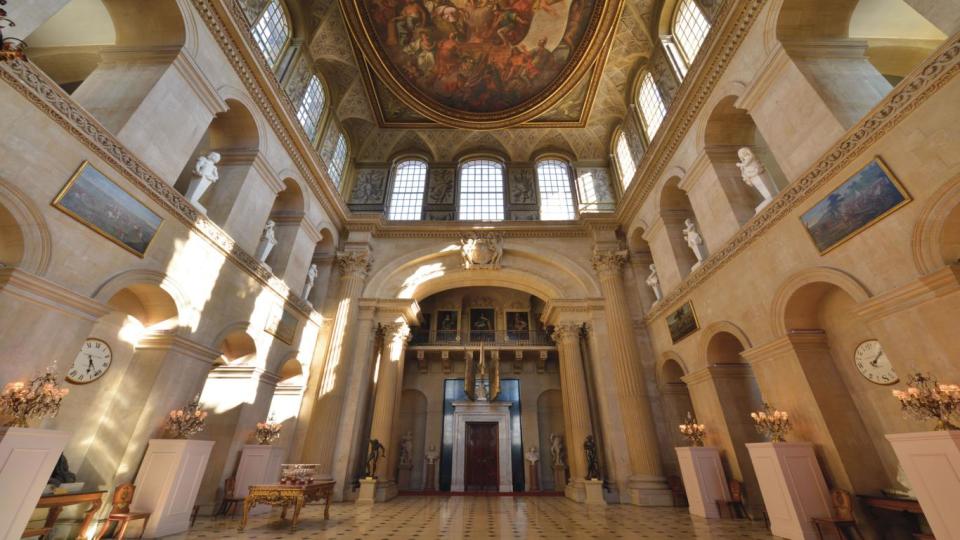
Blenheim Palace
Walking into the palace’s 65-foot-high (20m) marble Great Hall is sure to take your breath away. If you hadn't already realised that this is no regular residence before entering, then the intricate details in all the antiques adorning the hall and the remarkable hand-painted ceiling will be the moment you do.
Running costs
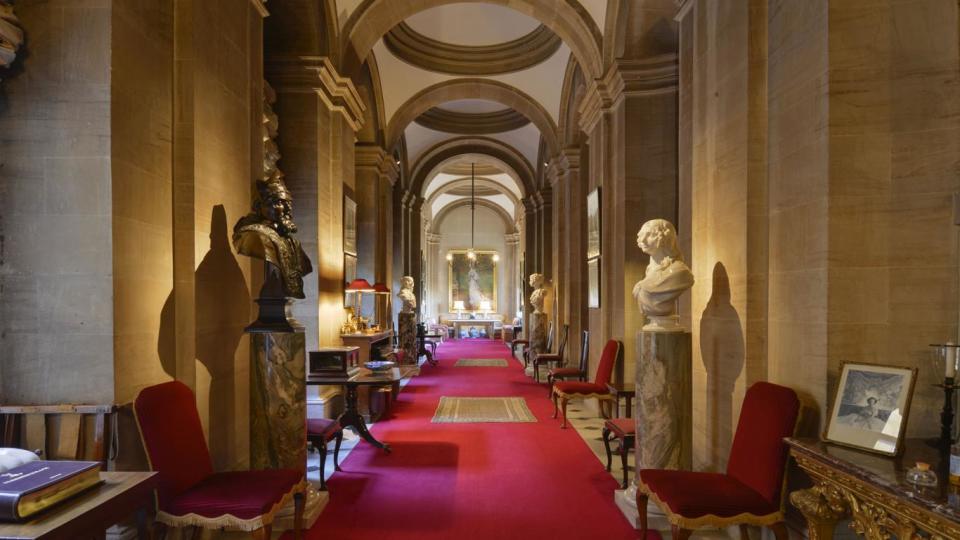
Blenheim Palace
But running an estate that doubles as a private residence and tourist landmark doesn’t come cheap. Heating costs alone for the 1.45 million square foot residence were estimated at over £3 million ($3.8m) in 2021, according to research by bestheating.com.
What it costs to visit

Blenheim Palace
So where does the money come from? Well, tickets cost £38 ($48) for adults, £22 ($28) for children aged 3-16 and £99 ($126) for families (two parents and two kids). While it may seem steep, these tickets also double as an annual pass, allowing you unlimited access for the next 12 months. So you can have a picnic in the gardens or return for another guided tour at any point during that time.
Why Blenheim was built
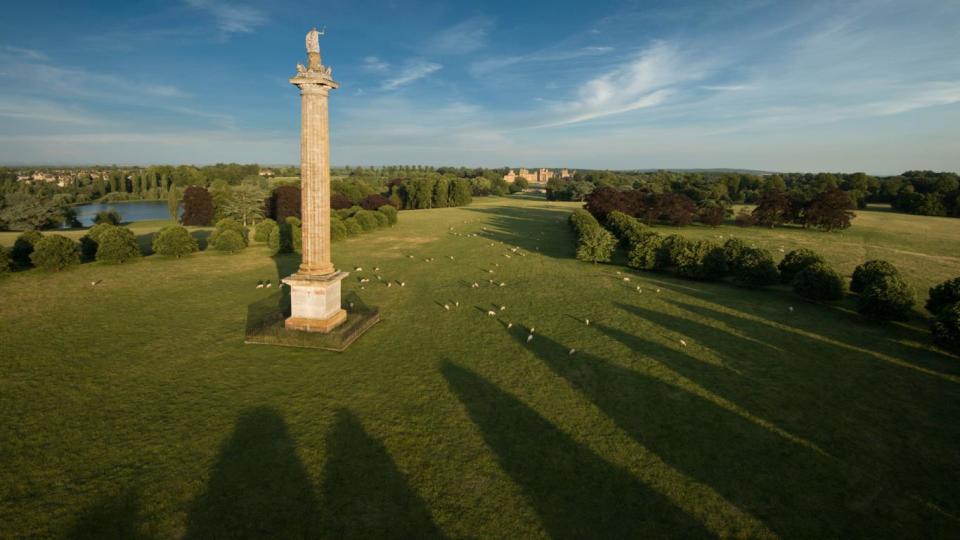
Blenheim Palace
After the 1st Duke of Marlborough achieved an important victory against the French and Bavarians at the Battle of Blenheim in Germany in 1704, Queen Anne awarded him the 2,000 acres that have been passed down through generations. Since then a lot of time, effort and huge amounts of money have been put into the development of the palace to be as it is today.
Government help for initial building

Blenheim Palace
Initially, Parliament agreed to help fund the project, but between the beginning of development in 1705 and 1711, the Duke had managed to spend a whopping £240,000 (around £38.1m/$48.4m today’s money), prompting Parliament to retract all future funding for the construction of Blenheim.
Cost of finishing it
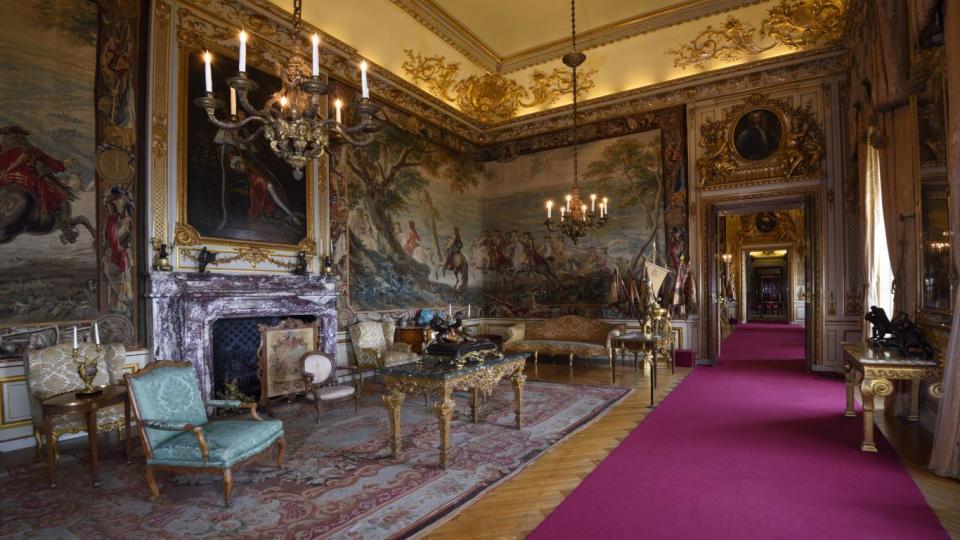
Blenheim Palace
From then, construction halted until 1716 when the Duke returned to continue the project at his own cost. In that year alone he spent £60,000, which equates to around £10.2 million (£13.1m) in today’s money, but Blenheim would not be completed until 1733, 11 years after his death.
Help from a heiress

Blenheim Palace
Come 1895, the 9th Duke recognised Blenheim’s need for money and this realisation led to the arrangement of his marriage with American heiress Consuelo Vanderbilt, who brought with her a sizable $2.5 million dowry, the equivalent of £193.3 million ($245.6m) today.
Open to the public

Blenheim Palace
The 10th Duke took the decision to raise further funds for the palace's upkeep by opening its doors to the public in 1950. Blenheim Palace was awarded UNESCO World Heritage Site status 37 years later in 1987.
A special palace
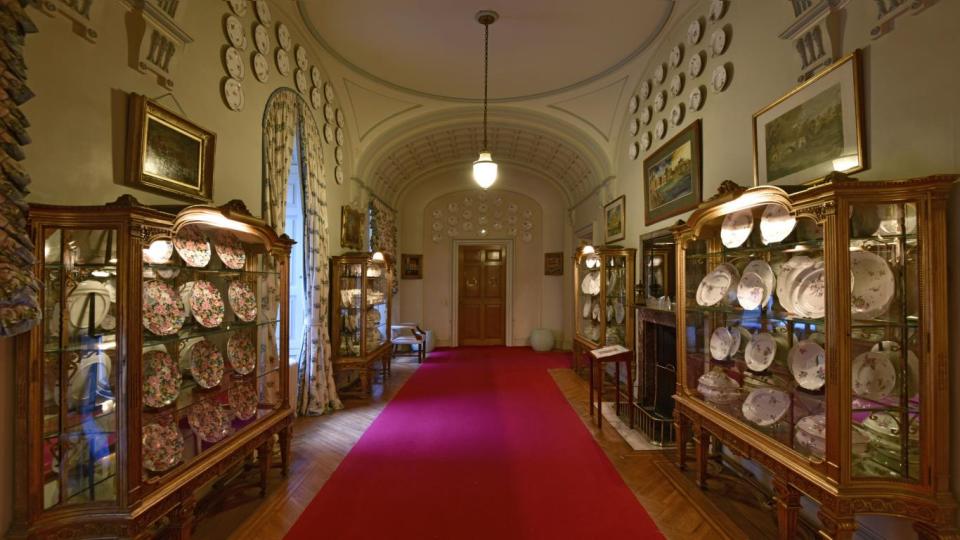
Blenheim Palace
Blenheim is not only one of the few World Heritage Sites that is privately owned, disqualifying it from any government funding and grants, but it’s also the only non-royal residence to be formally called a palace. And it trumps the British royal residences of Buckingham Palace and Windsor Castle in both size and grandeur.
Private apartments
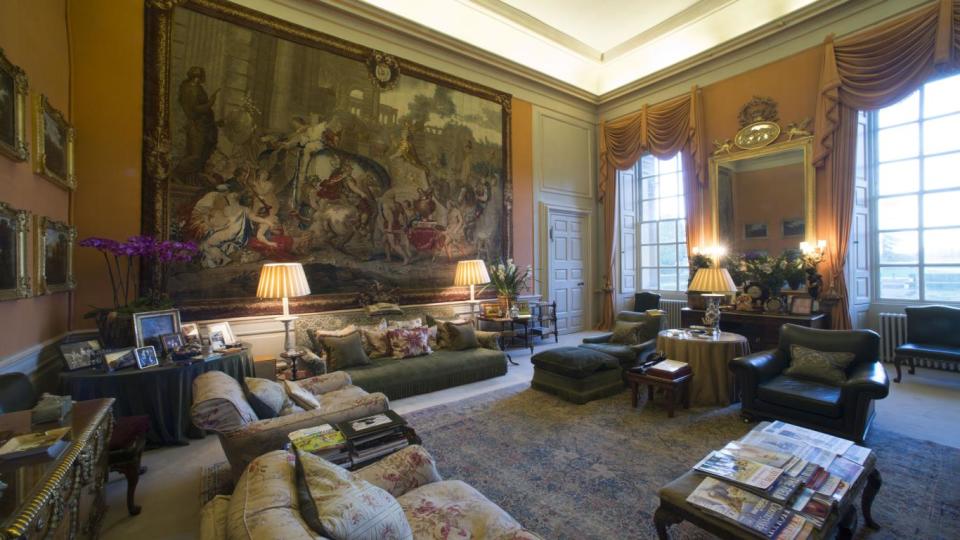
Blenheim Palace
The palace contains a staggering 187 rooms, 46 of which belong to the family’s private East Wing. There they have 12 bedrooms, 10 bathrooms and various other rooms all serviced by the house’s staff.
Number of staff...

Blenheim Palace
A total of 158 members of staff make sure the entire estate is consistently kept in pristine condition. Even the Duke's guests are treated like nobility, with their luggage taken at the front door by the under-butler, who then ensures their clothes are neatly pressed and their shoes shined. They're woken in the mornings by valets and housekeepers drawing the curtains and pouring fresh coffee. Some 50 bells in the servants' hall still connect to the East Wing, though they are not used as they once were.
...and some of the jobs they do
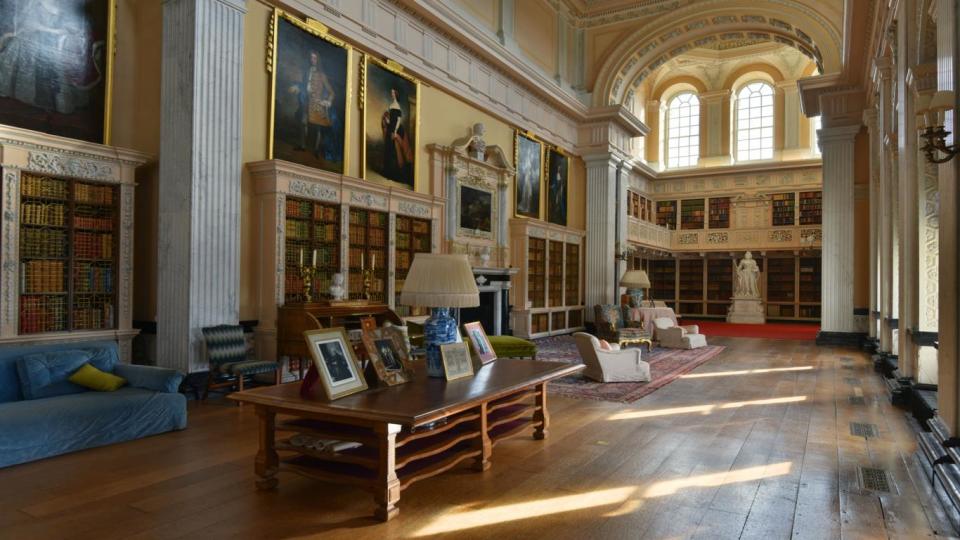
Blenheim Palace
Deep cleans of the armour, sculptures, porcelain and 10,000 books housed in the palace’s 180-foot (55m) Long Library (pictured) are all necessary, and there’s a gardening team to ensure the grounds keep up their perfectly manicured look at all times.
A setting for many movies
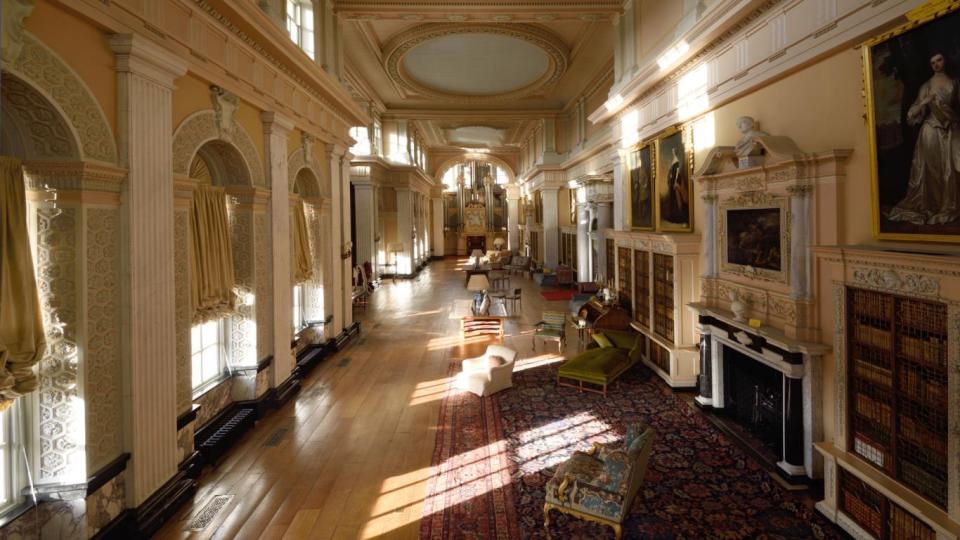
Blenheim Palace
If you’ve never visited the palace but it looks familiar to you, it’s probably because you’ve seen it in a movie or period drama. Throughout the years, Blenheim has served as the setting for various films such as The Young Victoria starring Emily Blunt; A Little Chaos with Alan Rickman and Kate Winslet; Harry Potter and the Order of the Phoenix; and the Bond blockbuster Spectre. More recently, the palace appeared in Netflix's Queen Charlotte: A Bridgerton Story. This brings in more valuable revenue.
Coveted by Hitler
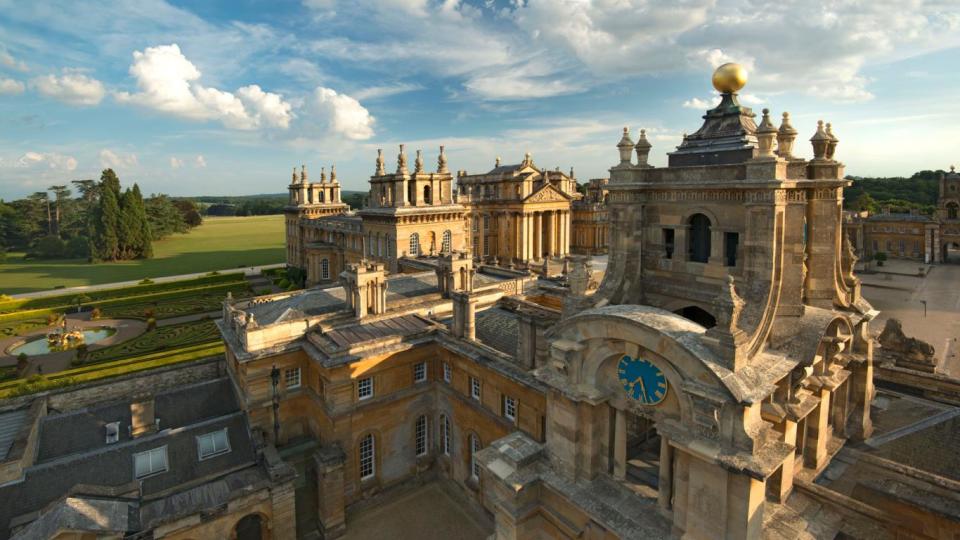
Blenheim Palace
Apparently, during the Second World War Adolf Hitler ordered his airforce to hold fire on the palace as he planned to call Blenheim home if he won the war. But not only is the palace itself a work of wonder inside and out, its various one-of-a-kind tapestries and pieces of valuable French furniture that decorate every room are worth a fortune.
Churchill connections
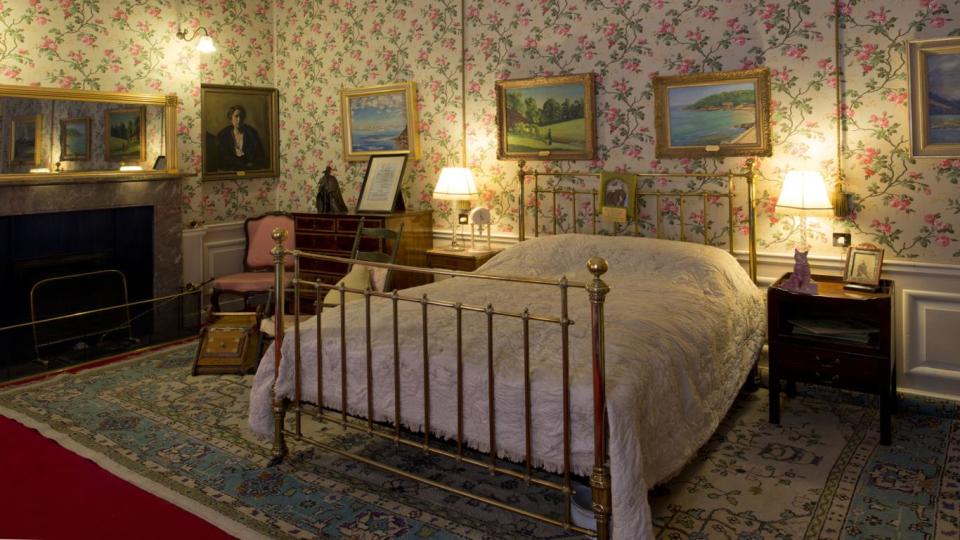
Blenheim Palace
As if the history of Blenheim Palace wasn’t already rich enough, the room where Sir Winston Churchill was born on 30 November 1874 still remains intact and on view for the public to see. During his life, Blenheim was one of his favorite places to spend time and he was a frequent visitor.
A grand garden
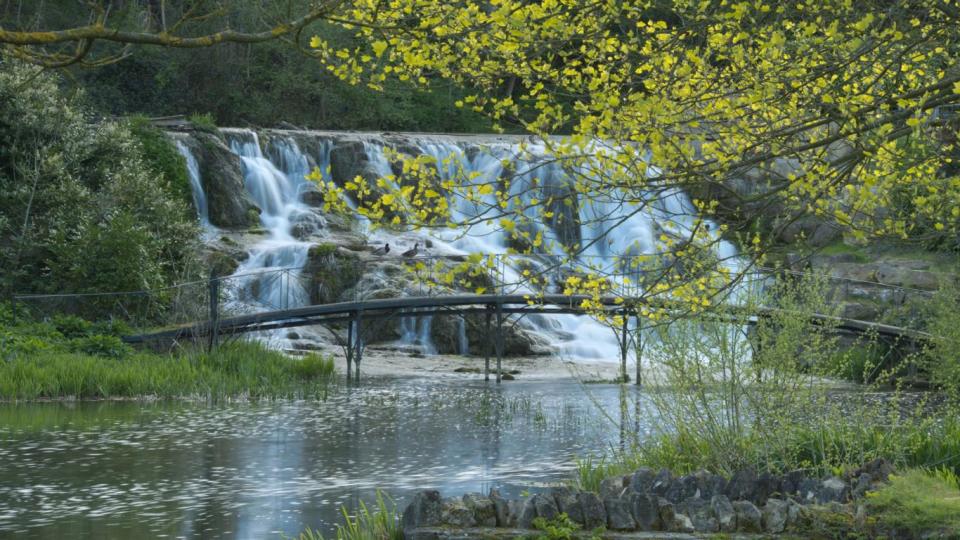
Blenheim Palace
Lancelot 'Capability' Brown, regarded as the greatest gardener in England, was the mind behind much of the great landscape of Blenheim. His approach to landscape design was to keep things looking natural and always included a stunning water feature like the Grand Cascade, a waterfall that can be seen during a walk in Blenheim’s grounds.
Walled Gardens
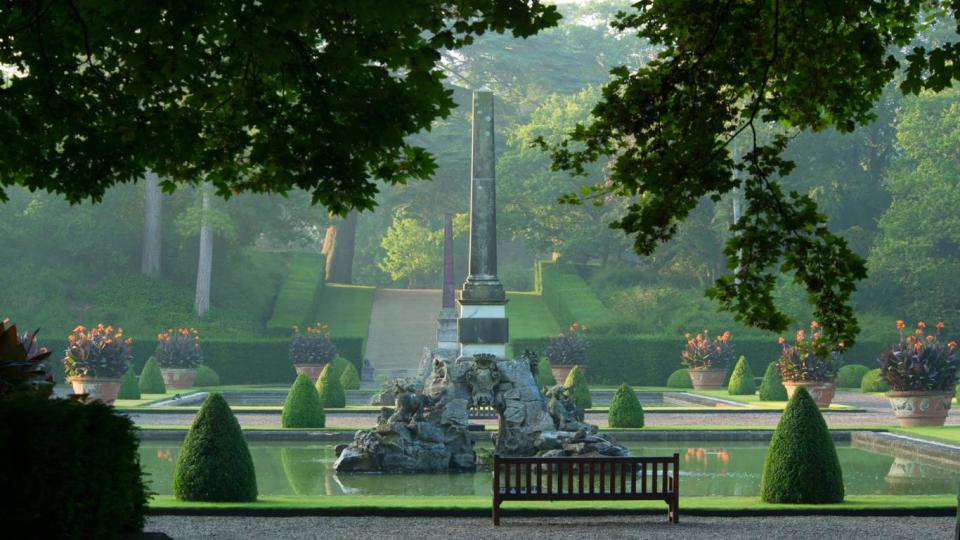
Blenheim Palace
There’s also the Walled Gardens, where you’ll find a handful of other attractions. These include a miniature train you can ride (for a small extra charge); the Marlborough Maze, which is one of the world’s largest; and a butterfly house, which has recently been revamped to provide its tropical species, like the Red Lacewing and Blue Wave, with an even lovelier home.
What Blenheim's worth today
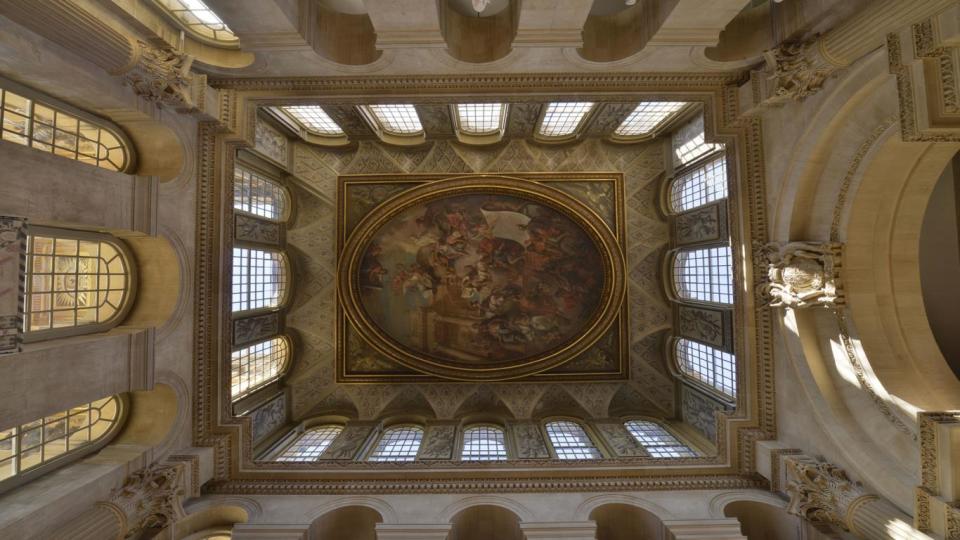
Blenheim Palace
As of 2014, when the former Marquess of Blandford Jamie Spencer-Churchill inherited Blenheim Palace and became the 12th Duke of Marlborough, the estate was estimated to be worth a whopping £100 million (£133.5m/$169.8m today). It’s owned by two separate boards called number 1 and 2 of the Blenheim Trustee Company Limited, rather than the Duke directly, to ensure its security throughout the generations.
Living on the estate
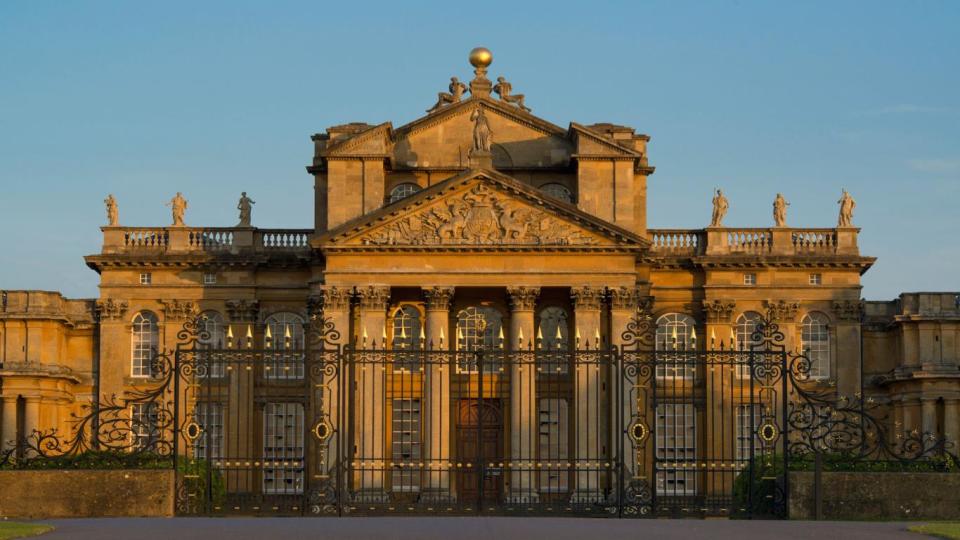
Blenheim Palace
Aside from the 2,000 acres that make up the Blenheim Palace grounds, the Blenheim Estate spans around 12,000 acres in its entirety. Adjacent to the palace are some 200 homes suited to various budgets, where families from all over the world live and make up their own little community. The estate also includes some of England's most important ancient oak forests, whose trees are more than nine centuries old.
Fancy a private booking?
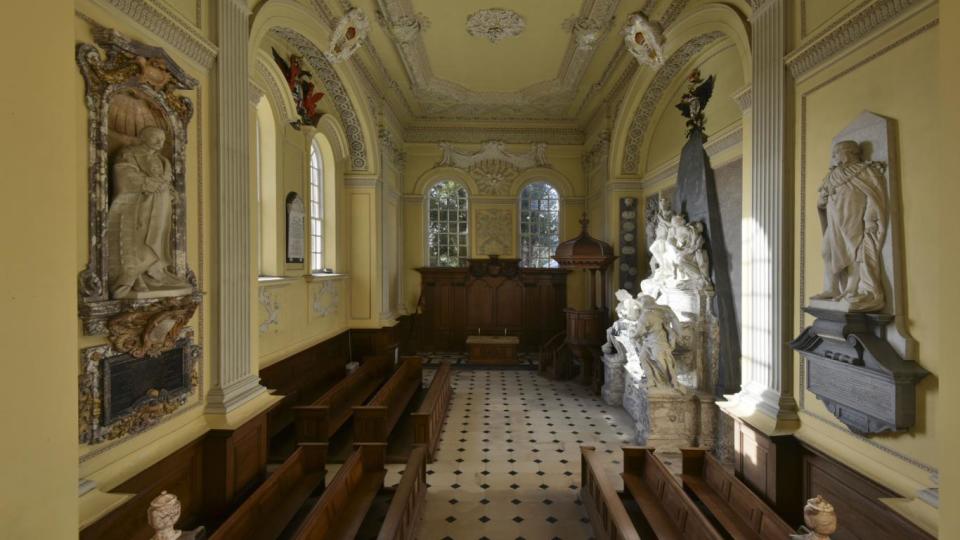
Blenheim Palace
As well as the opening of the house and gardens to visitors, parts of the palace are also available for private bookings. Whether it's a wedding or corporate meeting, you could make Blenheim the backdrop for your event – for a price. Private hire for the Saloon and Great Hall starts at £17,000 ($22,000).
Annual events
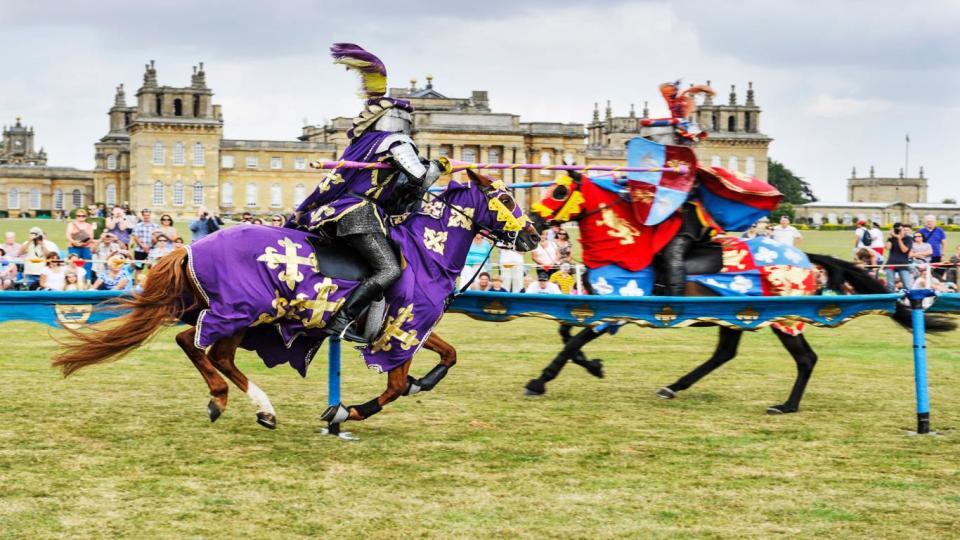
Blenheim Palace
Blenheim hosts a handful of events throughout the year, which also bring in much-needed money. The Blenheim Palace International Horse Trials has become a well-known annual three-day event since 1990, attracting the best riders and horses from around the world. Other events held at the palace include its food festival, a spring jousting tournament and the annual flower show, as well as other various concerts and charity races.
Open all year
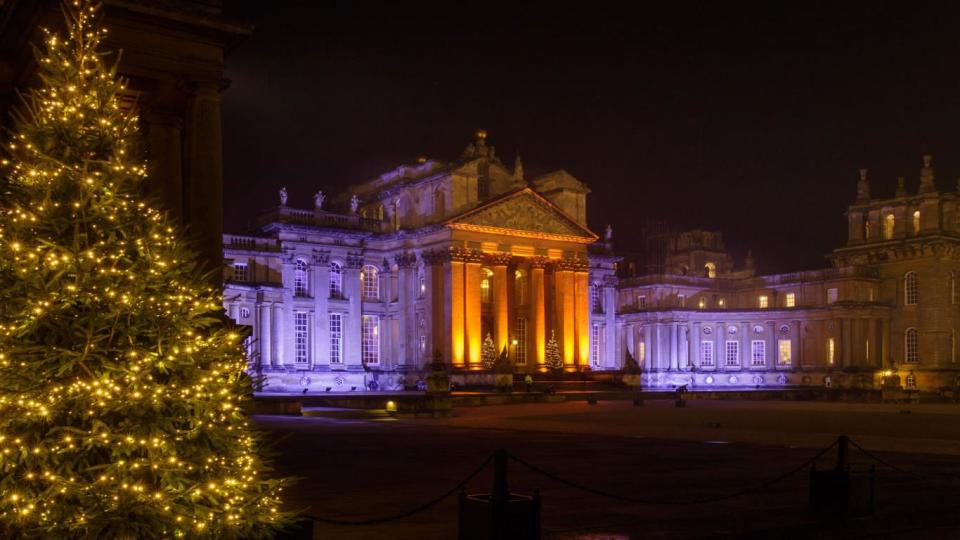
Blenheim Palace
Since first opening its doors to the public back in 1950, Blenheim had been closed to visitors during the winter so that staff could complete the annual deep clean of the palace. However, towards the end of 2015 it was announced that the palace would remain open all year round except for Christmas Day, allowing for new events and seasonal celebrations plus greater visitor numbers. The palace is typically open 364 days a year, but do check the website before your visit for news of upcoming closures.
An adventure for all the family
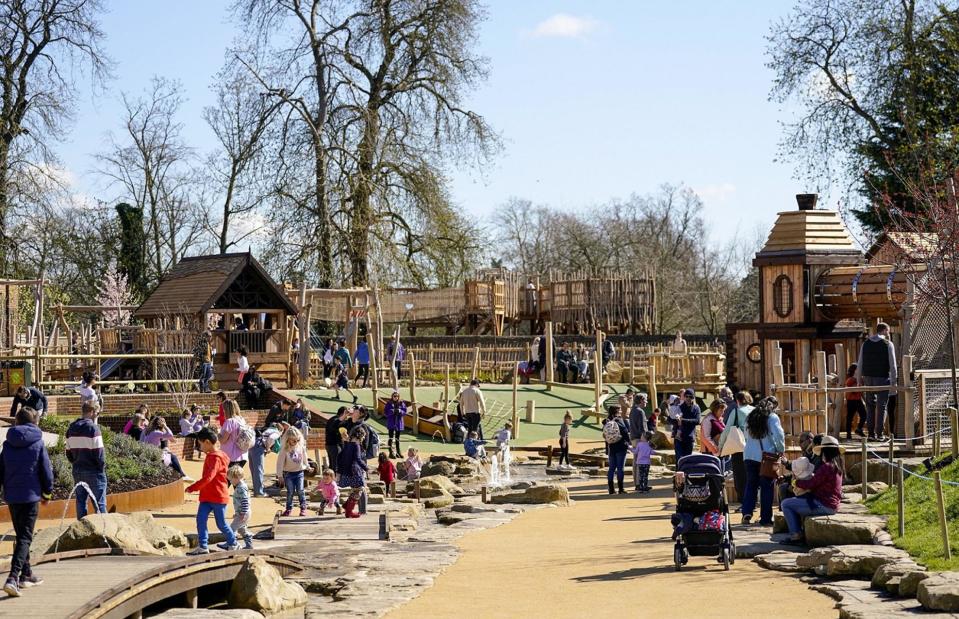
Blenheim Palace
Opened in 2023, Blenheim Palace's Adventure Play is an all-new £3.6 million ($4.6m) outdoor adventure play area in the Walled Garden. It's the largest family-themed attraction in the site’s history, complete with secret chambers, clamber nets, tunnels, slides, rope bridges and even giant carrots to get to grips with.
Now check out the world's most popular ancient attractions...


